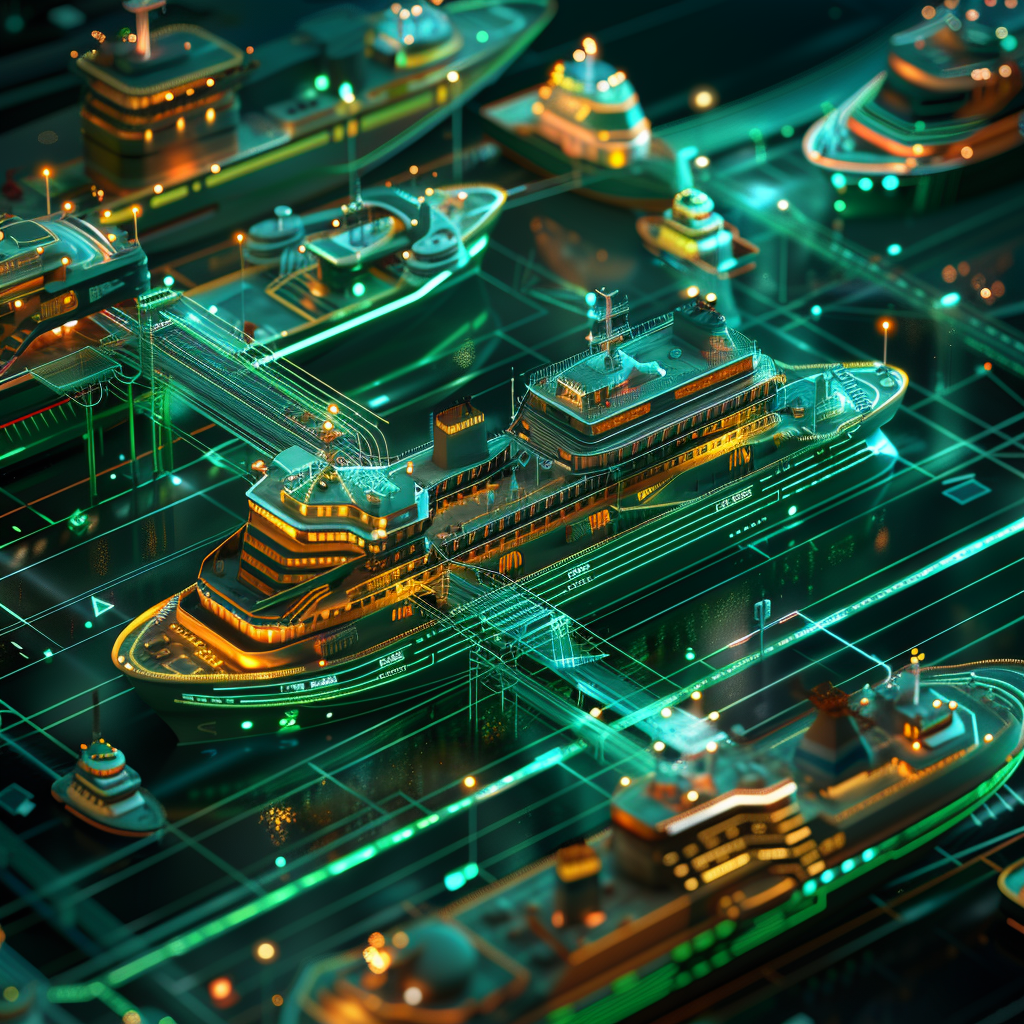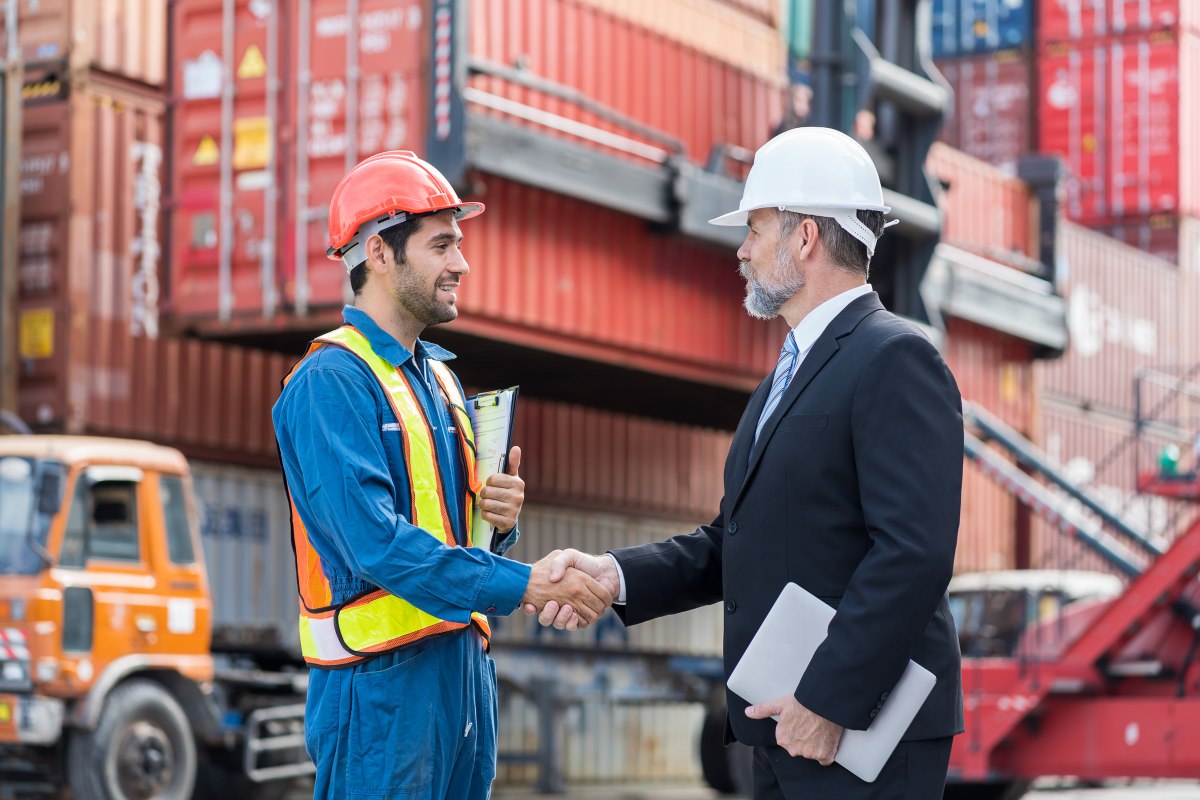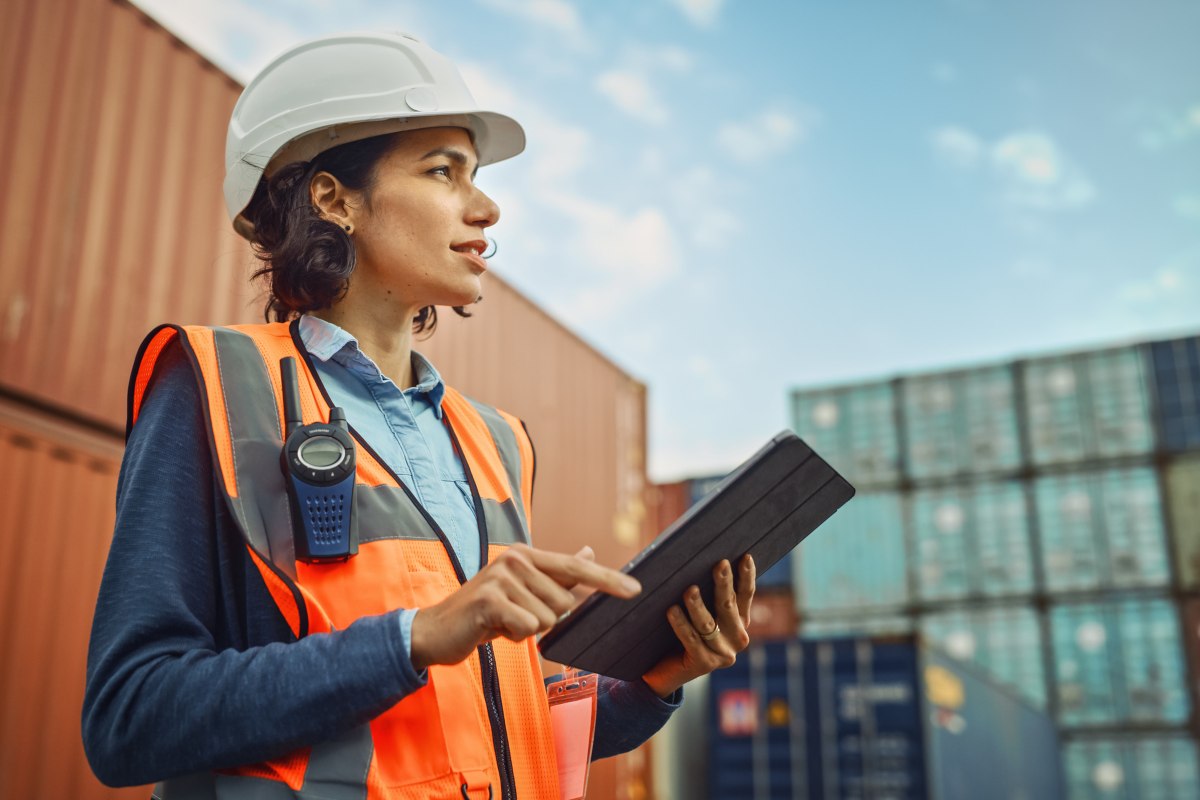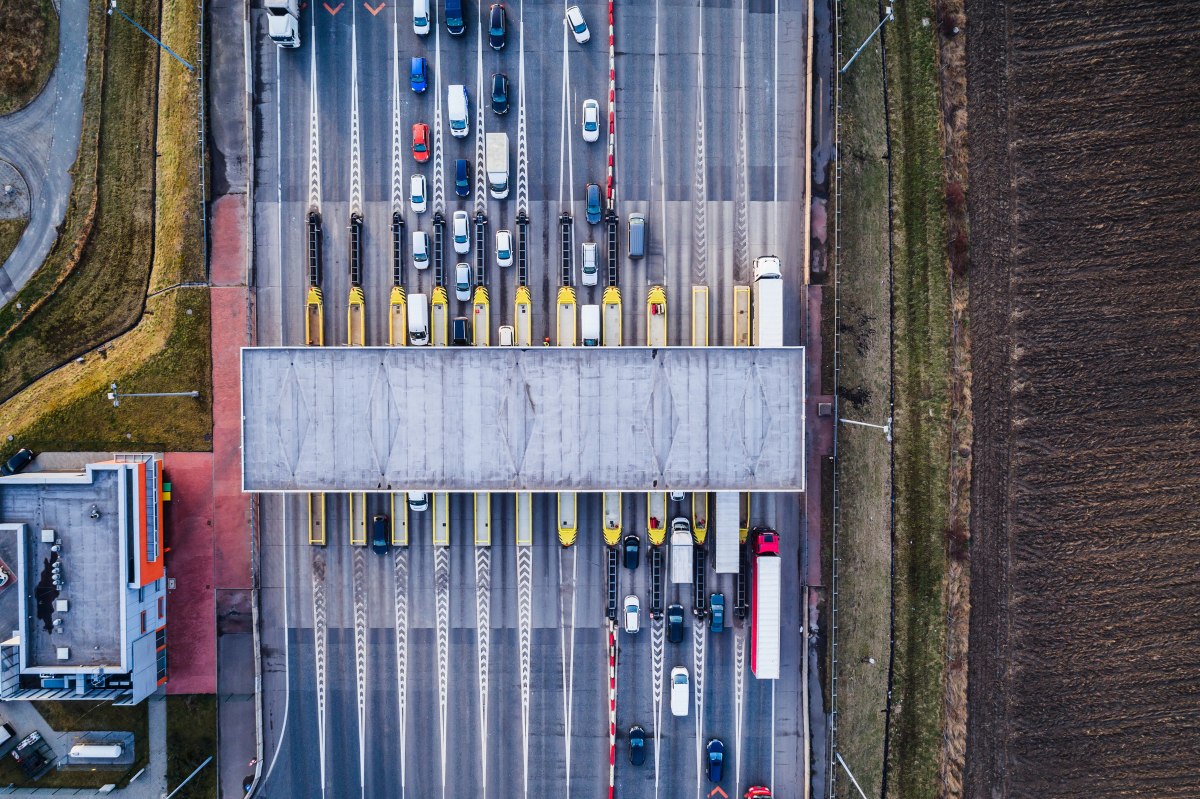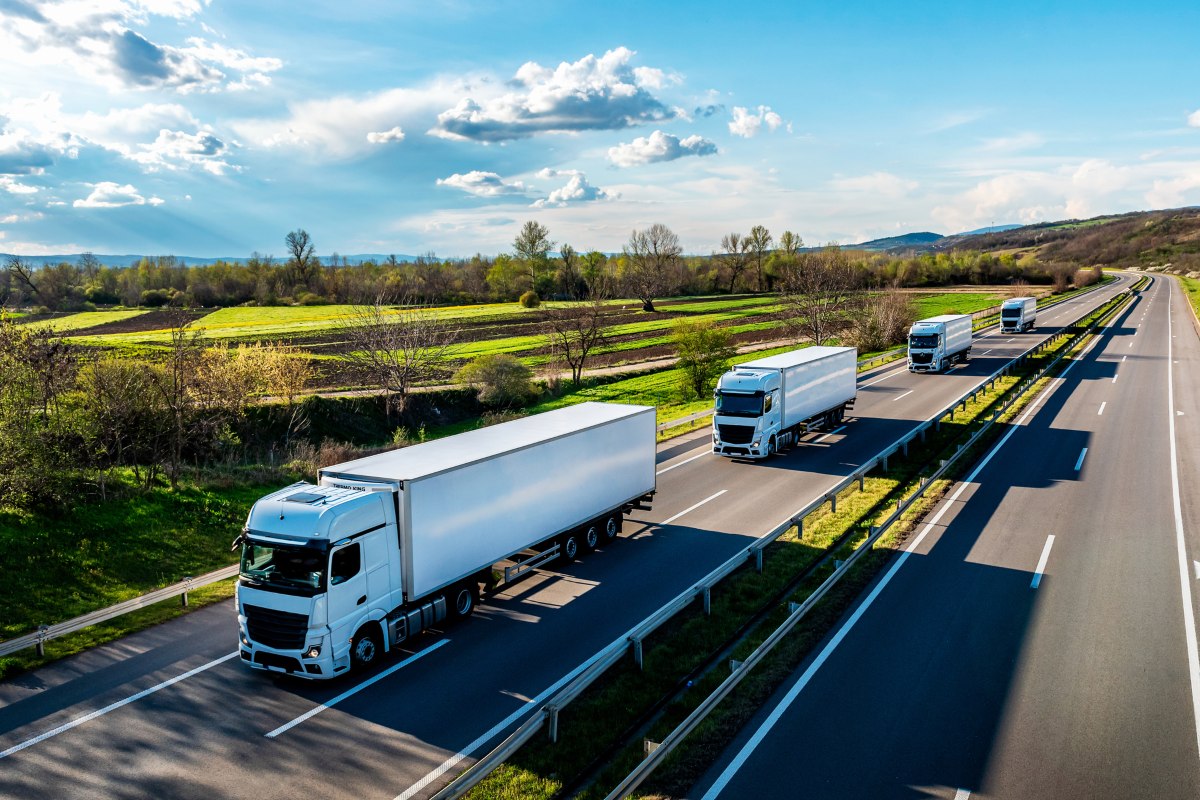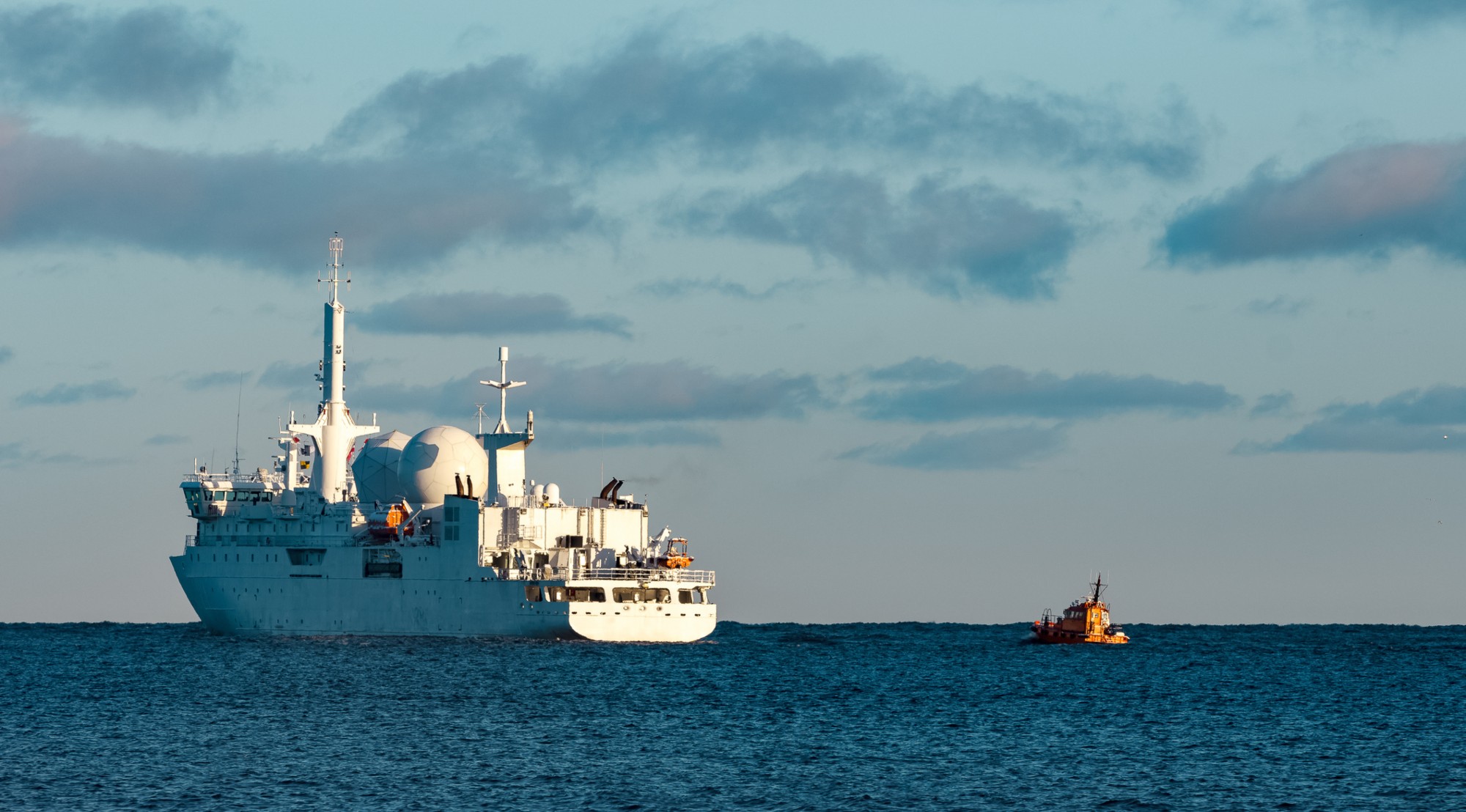
If you’re interested in software development in the maritime industry, the buzz around AI has certainly caught your attention. Industry publications, case studies, presentations at trade shows and conferences – everywhere we hear how artificial intelligence and machine learning are accelerating, optimizing, and improving processes in ways we never thought possible.
But are AI and ML really the silver bullet for every maritime challenge today? Or is Wärtsilä’s vice president of digital product development, Mikko Tepponen, right when he says, “Today it is all ‘artificial’ and no ‘intelligence’.” Given that Wärtsilä began experimenting with AI over 15 years ago, this statement is food for thought.
Let’s dive into a few examples of how AI/ML can be implemented in various digital solutions for the maritime industry and consider whether it’s always the right tool for the job.
A small remark regarding terminology: An attentive and experienced reader might notice some overlaps in the use of terms like rules-based techniques/algorithms and AI in this article. We are aware that, in the broadest sense, any program that operates based on a set of defined rules can be called artificial intelligence. Indeed, the earliest AI solutions were exactly that: they used predefined rules created by human experts to make decisions or solve problems. For example, a medical diagnosis system might have rules like “if the patient has a fever and a cough, then consider the possibility of pneumonia.” Thus, rules-based algorithms, which we mention in this article as pre-AI approaches, were once considered examples of artificial intelligence. However, in this article, we use the definition of AI as relevant in 2024.
According to ChatGPT, AI is the field of computer science focused on creating systems that can perform tasks typically requiring human intelligence, such as learning, reasoning, problem-solving, perception, and natural language understanding. It is in this sense that we use the term.
And now we can confidently move forward.
Using AI/ML for Radar Video Analysis in Maritime
Radars are the eyes of navigation – they’re mission-critical for vessel tracking, collision avoidance, maritime surveillance, SAR operations, port management, you name it.
Can radar video analysis be done without artificial intelligence and machine learning? Absolutely. We’ve been doing it for ages. Before AI entered the scene, radar video analysis relied heavily on manual processes, traditional signal processing techniques, and good old-fashioned human expertise to interpret and analyze radar data.
Analyzing Radar Images Before AI
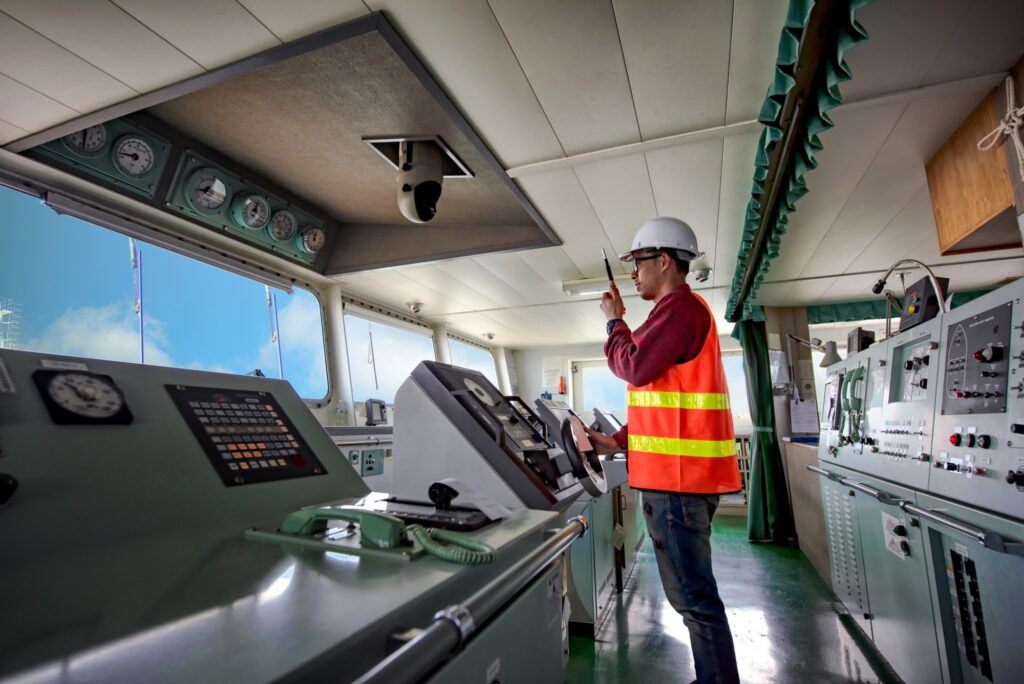
Here’s how it worked:
Signal Acquisition: Radar systems emit radio waves that bounce off objects (e.g., ships, landmasses, obstacles) and boomerang back to the radar receiver.
Signal Processing: The received signals were scrubbed of noise and converted from analog to digital format. This is where the distance to detected objects and their relative speed were calculated (Range and Doppler Processing).
Object Recognition: Techniques like Thresholding, Clustering, and Plot Extraction came into play. Objects were recognized by applying predefined thresholds. Identified objects were grouped into clusters, and then the system determined their coordinates and other key parameters.
Decision Making: Radar system operators had to manually predict the trajectory of objects on the monitor, assess the likelihood of collisions and navigation errors, and communicate with traffic participants to steer clear of potential consequences.
The limitations of this approach are as clear as day:
- Heavy reliance on the human factor
- Dependence on predefined, simplistic rules that may not account for situational nuances
- Sluggish decision-making
- Low predictability of movement.
The end result? Collision and emergency response strategies at sea were largely reactive, not proactive.
About two decades ago, industry leaders started dabbling in deep machine learning algorithms and artificial intelligence to tackle such pain points.
Application of AI/ML in Radar Video Analysis: A Game-Changer
New algorithms have supercharged several mission-critical processes:
Improved Detection Accuracy: Instead of simple algorithmic rules, deep learning models like Convolutional Neural Networks (CNNs) are now leading the charge. These models have a knack for image recognition, object detection, and similar tasks.
CNNs are so widely used in the maritime industry that it’s worth taking a closer look. These models analyze an image through multiple layers, called kernels or filters. Each layer focuses on different aspects of the image, such as edges, shapes, textures, etc. As the image passes through these layers, the CNN gradually pieces together a more granular understanding of the visual features. Finally, the model puts all this information together to accurately identify and classify the object in the image.
Automated Target Recognition: This is the logical next step. Machine learning algorithms allow the system to “memorize” and rapidly identify a wide range of maritime objects based on their radar signatures.
It’s also worth mentioning Adaptive Filtering and Noise Reduction: these ML algorithms help to accurately recognize objects even in stormy and low-visibility conditions by filtering out the noise in the images.
And here’s where things get really interesting. Objects on the water are tracked and identified – this part of the process was somewhat automated even before AI came along. But now we’re entering the domain where everything previously hinged on the expertise of operators.
Can the latest algorithms make decisions entirely independently of humans? Well, not quite. Today it’s still Real-Time Decision Support, not Real-Time Decision Making. However, they provide rich information about the detected objects on the water, their parameters, speed, potential collision threats, and – here’s the kicker – predict their trajectories based on the analysis of current patterns and a trove of historical data.
AI in Maritime Navigation: Do we really need it?
Is this capability a must-have for the maritime industry, or is it just a hype wave? You bet. Maritime navigation is getting more complex by the year. To illustrate this, let’s just look at the statistics of the Offshore Wind Farm Energy Market. In 2020, the global installed capacity of offshore wind farms reached 29,066 megawatts, up from just 1,471 megawatts in 2010. But by 2050, the world may need as many as 200,000 offshore turbines, generating a whopping 2,000 gigawatts.
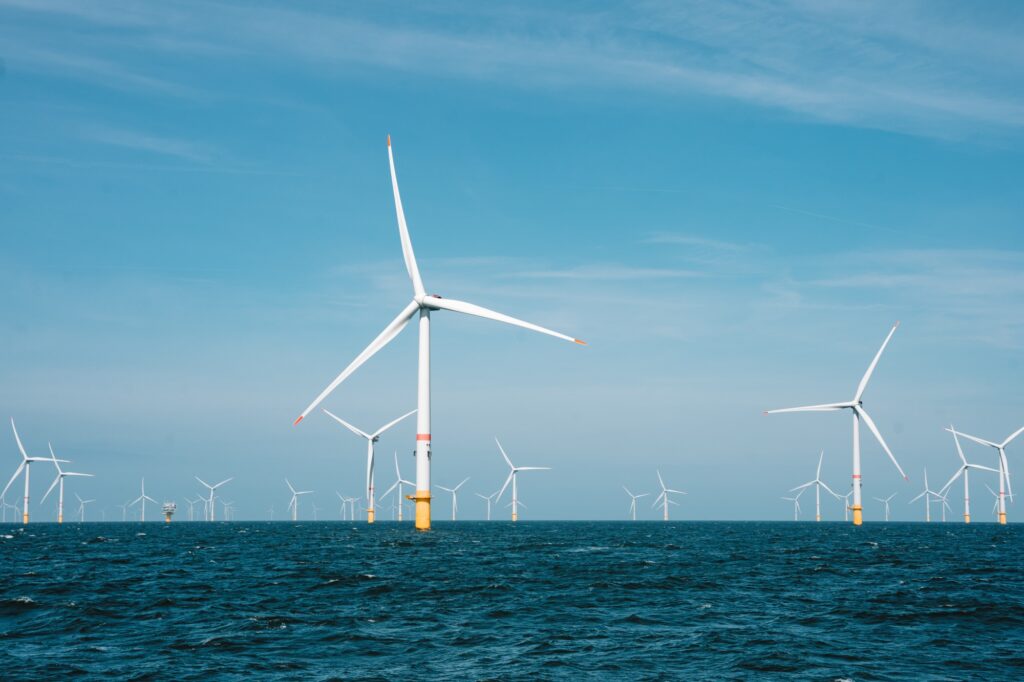
This means we’ll have to place hundreds of thousands more offshore wind turbines in the seas and oceans. Talk about complicating navigation! In these conditions, human decision-making will be too slow to avoid collisions.
How does artificial intelligence help monitor oil spills? When are AI/ML algorithms the way to go, and when does it make no sense to invest in them? We’ll tackle this in part two of the article. Stay tuned!
Andriy Maksymovych
Head of Research & Development
Ready to streamline your software solutions?
Let’s dive in together. Get expert consulting from our seasoned engineers.
 by
by 